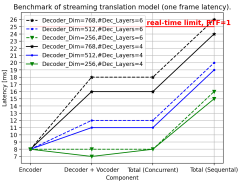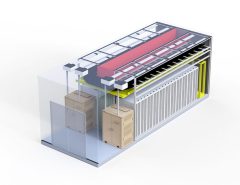Authors: Philipp Glaum, Fabian Neumann, Tom Brown
Published on: April 15, 2024
Impact Score: 8.4
Arxiv code: Arxiv:2404.09721
Summary
- What is new: This research provides new insights into the optimal integration of offshore wind energy in the North Sea, showing how meshed networks and hydrogen can significantly increase offshore wind capacity and reduce costs.
- Why this is important: Uncertainty around the extent to which offshore wind energy can be integrated into Europe’s energy grid, the potential benefits of meshed offshore grids, and the role of offshore hydrogen.
- What the research proposes: Using the PyPSA-Eur model to simulate a carbon-neutral sector-coupled energy system with high spatial and temporal resolution, allowing for the endogenous decision-making on offshore wind deployment and integration infrastructure.
- Results: The study finds that meshed networks and hydrogen integration can increase offshore wind capacity from 310 GW to 420 GW, saving up to 15 billion euros annually. It also highlights the significant role of offshore hydrogen production in accommodating floating wind turbines.
Technical Details
Technological frameworks used: PyPSA-Eur
Models used: Energy system optimization model
Data used: Spatial and temporal data of Europe’s energy system
Potential Impact
Energy sector, offshore wind energy companies, hydrogen production and infrastructure companies, and grid operators could be significantly impacted.
Want to implement this idea in a business?
We have generated a startup concept here: HydroFlow Energy Solutions.




Leave a Reply